Annoy the Driver: IIHS Offers Its Two Cents on Improving Self-Driving Safety

The Insurance Institute for Highway Safety (IIHS) has issued a set of guidelines for advanced driving aids, suggesting that the key to automated safety is making sure drivers are perpetually engaged with the vehicle’s operations. Unfortunately, this has turned out to be a Catch-22 scenario due to the way these systems function. Semi-autonomous features are supposed to be there to help promote safety by adding an extra layer of protection; however, many encourage motorists to disengage by nature of their design.
Adaptive cruise control with lane keeping is probably the worst offender. Implemented as a way to keep cars a safe distance apart on the expressway, it offers an experience that borders on having the car chauffeur you around. The effectiveness of these systems vary widely, with none actually being capable of any legitimate self-driving functionality. You’re also not supposed to be able to tune out while they’re in use, but they all seem coyly contrived to do exactly that. The IIHS is concerned this phenomenon will only get worse as driving aids evolve and become increasingly commonplace.
“Unfortunately, the more sophisticated and reliable automation becomes, the more difficult it is for drivers to stay focused on what the vehicle is doing,” said IIHS President David Harkey. “That’s why systems should be designed to keep drivers actively engaged.”
Tesla has taken quite a bit of heat over claims that it intentionally misled customers with the marketing language of its Autopilot tech. Considering the number of YouTube videos explaining how to beat the engagement checks used by the automaker to see if you’re still paying attention, it’s easy to see why. But this is actually a problem that affects all manufacturers; practically everyone uses confidence-inspiring monikers for their driver assistance packages, and few warnings are found about the associated perils.
The IIHS, however, is more interested in their design than in the marketing theories used in their promotion. It claims research supports the idea that the more driving a vehicle attempts to do on its own, the more likely human drivers are to start looking at their navels and phones ( an issue we’ve discussed for years). The remedy, according to the institute, is to make it so people can never relax while aids are in use.
From IIHS:
The systems that are currently available either assume the driver is paying attention when his or her hands are on the wheel or use a driver-facing camera to determine if the driver’s head is oriented toward the road, but neither is foolproof. The researchers recommend employing multiple monitoring methods, including using a driver-facing camera and measuring things like manual adjustments to the steering wheel and how quickly the driver responds to attention reminders.
When the driver monitoring system detects that the driver’s focus has wandered, that should trigger a series of escalating attention reminders. The first warning should be a brief visual reminder. If the driver doesn’t quickly respond, the system should rapidly add an audible or physical alert, such as seat vibration, and a more urgent visual message.
Moments later, all three types of warnings should be presented. Throughout this sequence, the urgency of each alert should continue to escalate. If the driver doesn’t respond to the alerts, the system should increase following distance from the vehicle ahead and pulse the brakes to provide a warning that is difficult to ignore.
If the driver continues ignoring the wall of sound and light, the IIHS says the car should automatically flip on its hazards and attempt a stop (ideally on the shoulder). From here, motorists would have the ability to resume normal vehicle operations, but would be prohibited from using any driving aids for the remainder of the trip.
While a universal safety standard like this would undoubtedly force drivers to stay engaged, it’s more than a little ironic that the solution to underdeveloped self-driving technology is to strong-arm customers back into doing all the work.
This also doesn’t sound particularly desirable from a consumer standpoint. For one thing, modern cars already make way too much noise. Departing your lane? Warning chime. Coming up to a stoplight faster than a crawl? Warning chime. Live in an urban setting where people routinely engage in “creative” driving? Prepare for the car to try and force you into having a panic attack. And all this does is encourage you to look frantically around the cabin as you try to decipher which issue the car thinks is the most pressing when you could have been scanning the horizon and checking your own blind spots.
“Because these systems still aren’t capable of driving without human supervision, they have to help prevent the driver from falling out of the loop,” said IIHS Research Scientist Alexandra Mueller, who headed the recommendations.
With the systems themselves often creating the perfect scenario for drivers to disengage, we’re starting to feel the entire premise is deeply flawed. Unless our reading comprehension has fallen off a cliff, it sounds like the IIHS is acknowledging that these systems actually create safety hazards. Problem is, the institute’s solution is to strip away some of their functionality while encouraging motorists to drive like they don’t exist by perpetually reminding them that they do.
What’s the lesson to drivers here? Don’t trust the safety systems in your own car but please continue buying them as they hopefully become increasingly obnoxious? Doesn’t sound like an idyllic marketing strategy to us. No one is going to brag about how they spent their hard-earned cash on the safety suite that is the most adept at bullying them into paying more attention.
[Image: General Motors]

A staunch consumer advocate tracking industry trends and regulation. Before joining TTAC, Matt spent a decade working for marketing and research firms based in NYC. Clients included several of the world’s largest automakers, global tire brands, and aftermarket part suppliers. Dissatisfied with the corporate world and resentful of having to wear suits everyday, he pivoted to writing about cars. Since then, that man has become an ardent supporter of the right-to-repair movement, been interviewed on the auto industry by national radio broadcasts, driven more rental cars than anyone ever should, participated in amateur rallying events, and received the requisite minimum training as sanctioned by the SCCA. Handy with a wrench, Matt grew up surrounded by Detroit auto workers and managed to get a pizza delivery job before he was legally eligible. He later found himself driving box trucks through Manhattan, guaranteeing future sympathy for actual truckers. He continues to conduct research pertaining to the automotive sector as an independent contractor and has since moved back to his native Michigan, closer to where the cars are born. A contrarian, Matt claims to prefer understeer — stating that front and all-wheel drive vehicles cater best to his driving style.
More by Matt Posky
Latest Car Reviews
Read moreLatest Product Reviews
Read moreRecent Comments
- Calrson Fan We are already seeing multiple manufacturers steering away from EVs to Hybrids & PHEVs. Suspect the market will follow. Battery tech isn't anywhere close to where it needs to be for EV's to replace ICE's. Neither is the electrical grid or charging infrastructure. PHEV's still have the drawback that if you can't charge at home your not a potential customer. I've heard stories of people with Volts that never charge them but that's a unique kind of stupidity. If you can't or don't want to charge your PHEV then just get a hybrid.
- AZFelix The last time I missed the Malibu was when one swerved into my lane and I had to brake hard to avoid a collision. 1 out of 5⭐️. Do not recommend.
- 2ACL I won't miss it; it was decent at launch, but in addition to the bad packaging, GM did little to keep it relevant in the segment. I'd prefer that another domestic automaker doesn't just give up on the mainstream sedan, but unlike some of Ford's swan songs, the Malibu made an indifferent case for why they should live.
- ToolGuy TG grows weary of purchasing gasoline. I don't care so much how or why, I am just tired of it. I still buy petroleum products, not 'boycotting oil,' but backing away from gasoline where I can. Sample size = 1.
- Probert Maybe it's not too late for the Dodge Neon I've always dreamed of!!! To the keyboard Robin!





















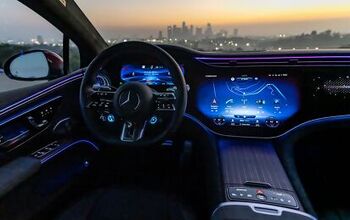
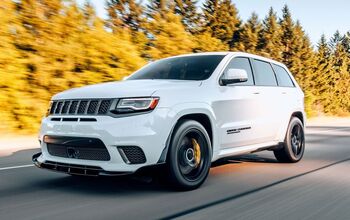
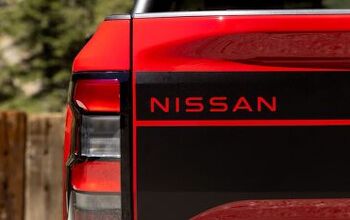
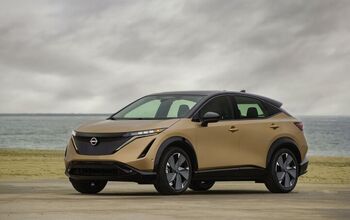
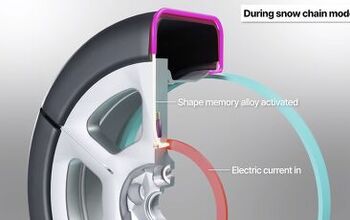
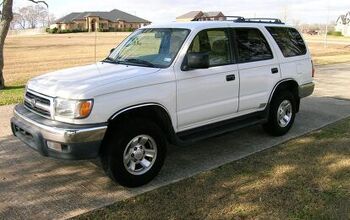
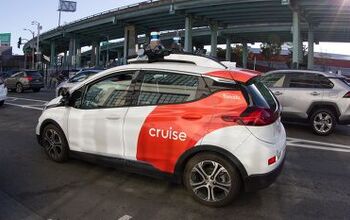
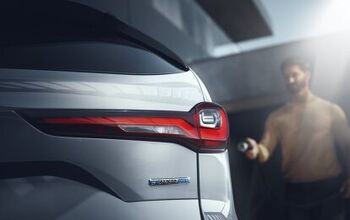

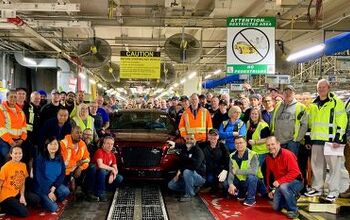



Comments
Join the conversation
Self-driving is evil. NO vehicle should be legally allowed to steer, brake, or accelerate without direct driver input. "Speed-holding" devices should be legal, provided they don't engage brakes or accelerate without direct driver involvement. If self-driving is not made illegal, every collision involving any level of "self driving" beyond "speed-holding" should require the manufacturer of the vehicle to assume all liability. End of problem. We all know that human nature is to let the vehicle drive itself while the "driver" goofs-off. Therefore, vehicles that encourage driver inattention due to "redundant" "safety features" like adaptive cruise, monitoring other lanes, etc, are inherently counter-productive.
I don't know how this works with a new driver. If a teen 'learns' to drive with the vehicle doing most of the work, and then when the AI gets overtaxed it dumps control back to the novice driver (snow, ice, rain, poor visibility, ambiguous road situation), we have a problem.